Choose climate controlled storage for sensitive items stored over one to three months, or where extreme heat or cold winters are common. Confirm the temperature range and whether humidity control is included, then compare unit size, location, and price before you book.
Key takeaways
Use climate control for electronics, wood, documents, and delicate items.
Expect a 20 to 50 percent premium over a traditional storage unit.
Confirm temperature and humidity levels and how they are monitored.
Confirm temperature and humidity levels and how they are monitored.
HOLD Self Storage does not offer climate control, but is climate-secure.
What is climate controlled storage?
Climate controlled self storage keeps a storage unit within a steady temperature band and may manage humidity. Many storage facilities use air conditioning, insulation, sensors, and alerts.
These reduce environmental fluctuations that can harm stored belongings and sensitive items. Humidity control is not universal, so ask how relative humidity is managed.
If full climate control feels like overkill, climate-secure may be enough.
Store with HOLD for clean, stable units, 24-hour access and 50% off for the first 8 weeks.
What are the benefits of climate controlled storage?
It protects sensitive items by stabilising temperature and managing humidity control. That stability reduces wear, limits moisture risks, and keeps condition steady over time.
Key gains
Maintains a consistent temperature that limits expansion and contraction in wood.
Controls humidity levels to prevent mould and preserve fibres, inks and adhesives.
Shields electronics and musical instruments from rapid swings that cause faults.
Reduces dust movement in well sealed units, keeping belongings cleaner for longer.
Helps important documents, photographs and delicate fabrics retain their finish.
Adds peace of mind for longer storing items and higher value contents.
Who really needs climate controlled storage?
Start with item type, condition and time in storage. Electronic devices, musical instruments, delicate fabrics, important documents, vinyl records and solid wood furniture benefit most. Consider weather and location as temperature and humidity swings raise risk.
Note: Recent UK climate summaries show warmer, variable conditions that increase indoor heat build-up
How does climate control work in a storage facility?
A climate controlled storage facility combines heating and cooling to hold a consistent temperature, often around 10°C to 25°C. Dehumidifiers and sensors help maintain stable humidity levels and track temperature and humidity levels year round.
The goal is a stable environment with fewer environmental factors that damage certain items.
Standard storage vs climate controlled storage, which is right?
Standard storage units give secure space at a lower price for many items. They suit short stays and hardy goods that tolerate seasonal changes without special care.
Climate controlled storage adds active climate control to protect against heat, cold and moisture. It is the safer option for collections, heirlooms and archive boxes, especially over longer periods.
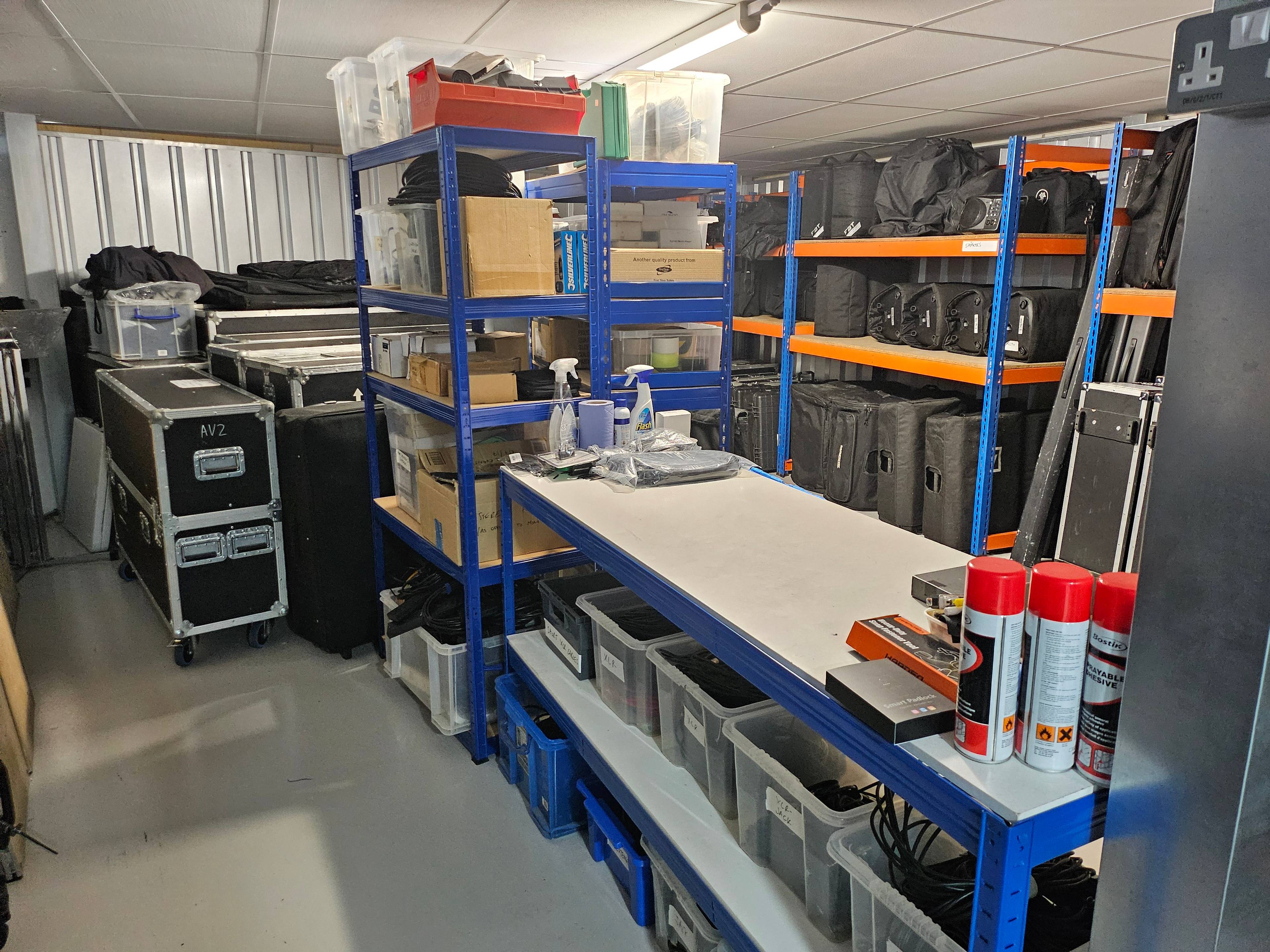
HOLD Self Storage offers climate secure facilities rather than climate controlled. Climate secure means the whole building and routines support stability and cleanliness for personal items. It works well for home belongings and business stock, maintaining clean, stable conditions across changing seasons.
Decide based on duration, item sensitivity and the premium you accept. If humidity control is essential, choose climate controlled storage. If your list is robust and time is short, a standard storage unit in a climate secure facility is often the right choice.
How should you compare climate controlled storage units?
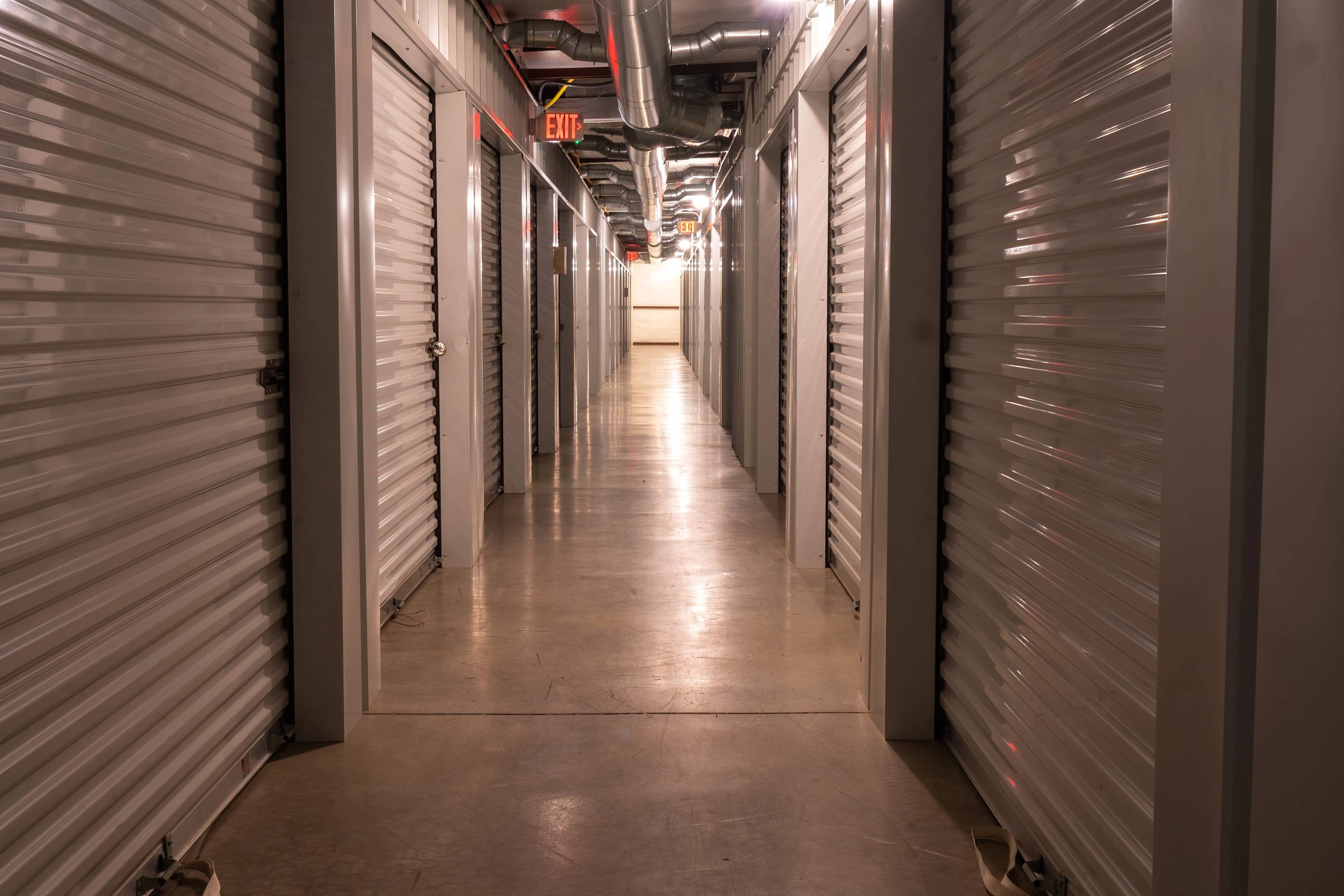
1. Check the specification
Ask each climate controlled storage facility for the temperature band they target, how they measure humidity levels and how often readings are checked. Good storage facilities can show simple logs that reflect the real environment inside the units.
2. Optimise space and fit
A larger storage unit costs more in total, yet the right size prevents overpaying for unused space. If you are storing items long term, add shelving so the same footprint works harder. This is often the right choice for households that want a tidy, reliable storage solution.
3. Review access and security
Well lit corridors, monitored entry, and clear guidance reduce potential threats to your belongings. A tidy facility usually signals strong routines that help protect personal items.
When are non climate control units a sensible option?
Short stays with hardy goods often suit non climate control units. Garden tools, sealed plastic boxes and metal racks tolerate seasonal shifts. If the plan is under a month, a traditional storage unit can be practical and cost effective.
Consider local weather patterns. In cold winters or during extreme heat, moisture can build on surfaces and seep into packaging.
If your list includes delicate items, upgrade to climate controlled units or temperature controlled storage units that handle peaks more gently.
Get practical steps to manage damp and mould here
Why do self storage units help with valuable items?
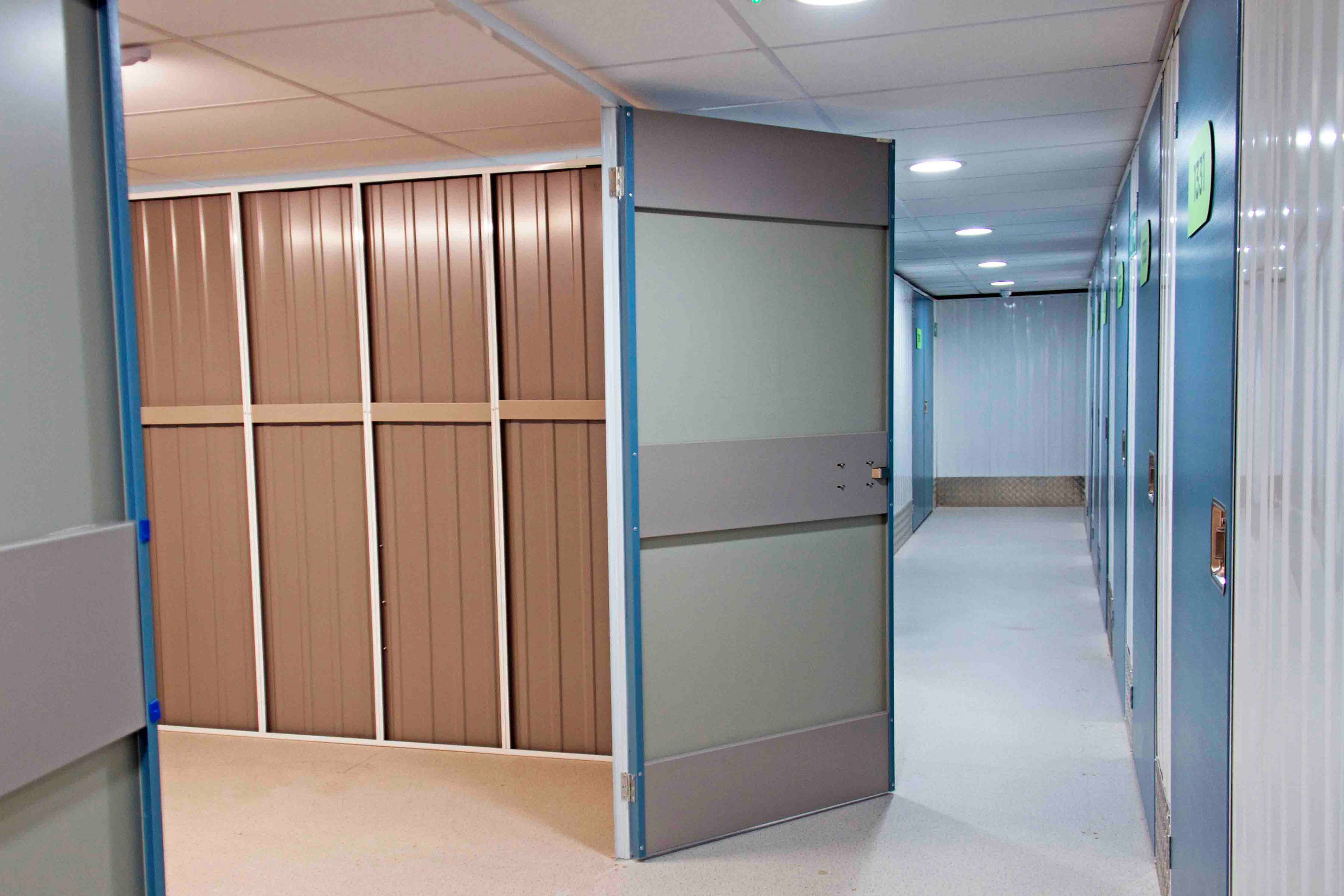
Modern self storage units use insulation and smart thermostats that smooth spikes in temperature. That calmer interior helps preserve finishes on wood and laminates, while also slowing moisture creep into paper and textiles. For collections and archives, this ensures added protection without specialised cabinets.
If you hold stock or creative kit, a climate controlled storage unit can bridge home and studio. Stable readings inside the facility reduce small failures that accumulate over months, keeping stored belongings closer to an optimal environment.
What makes a climate controlled storage facility different?
A true climate controlled storage facility pairs heating and cooling with live sensors. The system trims peaks and troughs so temperature and humidity levels stay inside a narrow range. Many sites use air conditioning for cooling and separate equipment to dry air when the season turns damp.
That setup matters for sensitive items. Vinyl records soften in heat, adhesives creep and finishes haze when air sits wet for too long. Musical instruments can also warp or slip out of tune after repeated swings.
A well run site narrows those swings and keeps many risks in check.
Who benefits most from climate controlled storage units?
Households with photographs, important documents, antiques, and furniture often prefer climate controlled storage units for medium to long stays.
Creators with cameras or lenses benefit when a storage unit sits in a steady climate.
For unique collections, specialist storage may still be required, yet a good climate controlled storage setup handles many items well.
Businesses gain predictable conditions for samples and displays. That reliability helps when teams rotate stock or pack orders on site. In those cases, a climate controlled self storage plan supports the workflow and keeps quality up.
How do storage companies set prices for controlled storage units?
Pricing reflects equipment, energy and location. Storage companies that operate large sites in central areas pay more to run heating and cooling, which pushes rates higher.
Size is the main driver, then neighbourhood. Expect a modest added cost for the extra systems that shape the indoor climate.
Remember to compare offers side by side. Ask for the post promotion price for each storage unit, then check access hours and cleaning routines. Always bear in mind that, while price matters, the full picture includes how well the facility manages risk inside the units.
What items belong in controlled storage units?
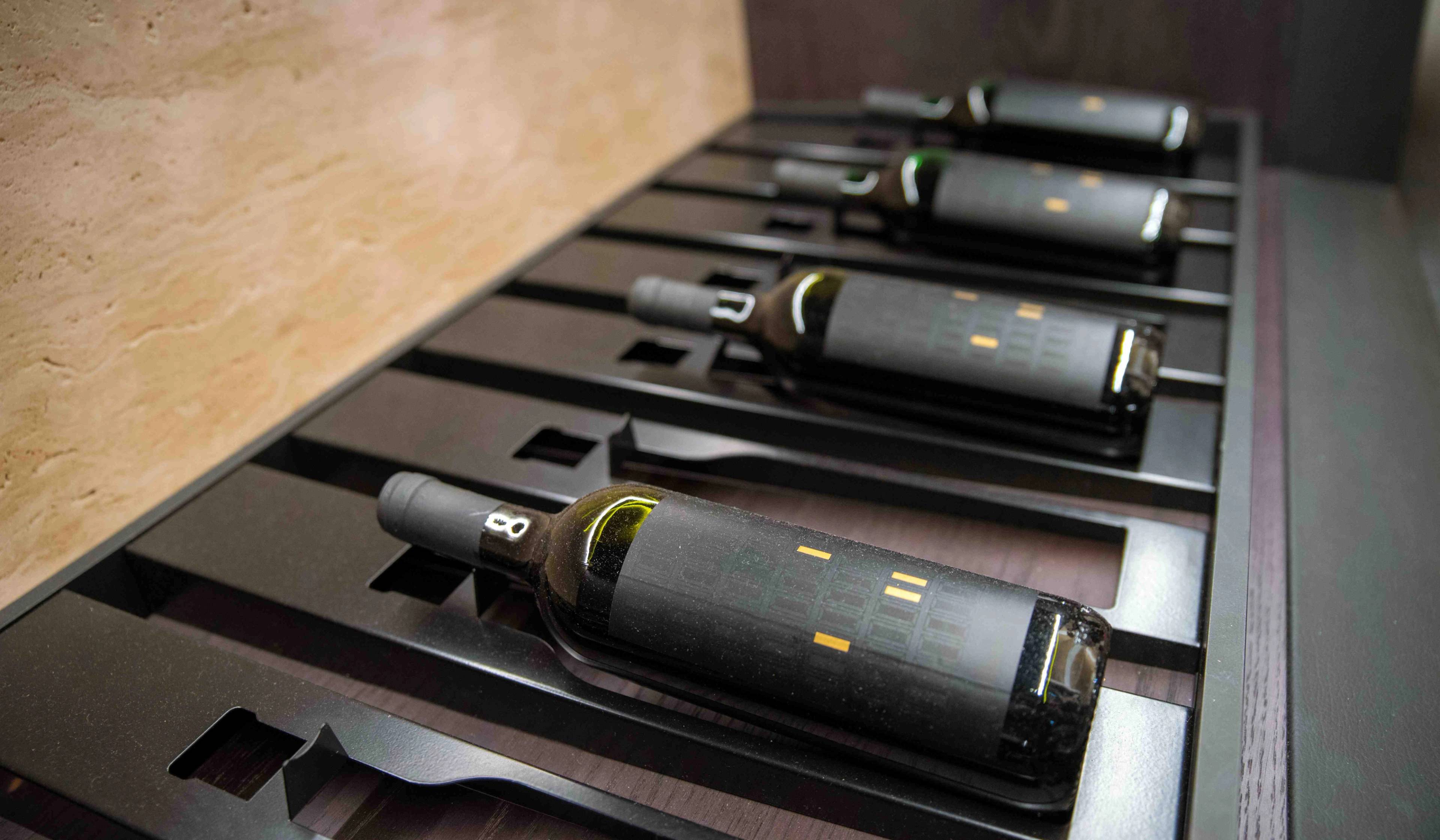
Electronics and electronic devices
Use: controlled storage units.
Why: helps prevent condensation after rapid shifts.
Wooden furniture and wood antiques
Use: climate controlled or climate-secure units.
Why: reduces movement that leads to warping.
Photographs, artwork and important documents
Use: temperature controlled or climate-secure storage units with attention to the air.
Why: helps fibres and inks stay intact.
Archivist guidance stresses controlling temperature and relative humidity for paper care
Clothing, delicate fabrics and leather
Use: climate controlled storage.
Why: helps prevent dust build up and surface growth.
Wine, especially fine or natural styles
Use: specialist storage or climate controlled units with humidity control.
Why: protects cork integrity, prevents spoilage and flavour loss.
Everyday household goods
Use: standard storage units.
Why: works for short plans when items are not sensitive.
How do you pick the right storage solution for your location?
Map your location, season and item list. Coastal air carries more humidity, while dense city blocks trap heat. If forecasts point to a hot spell or a damp stretch, climate controlled storage reduces exposure.
Where the climate is mild, a carefully chosen storage unit in a clean facility may be enough.
Think about how often you visit. If you access weekly, ground floor units and clear aisles save time. If visits are rare, upper floors with lifts can trim the bill and still protect what you store.
HOLD Self Storage is here to help
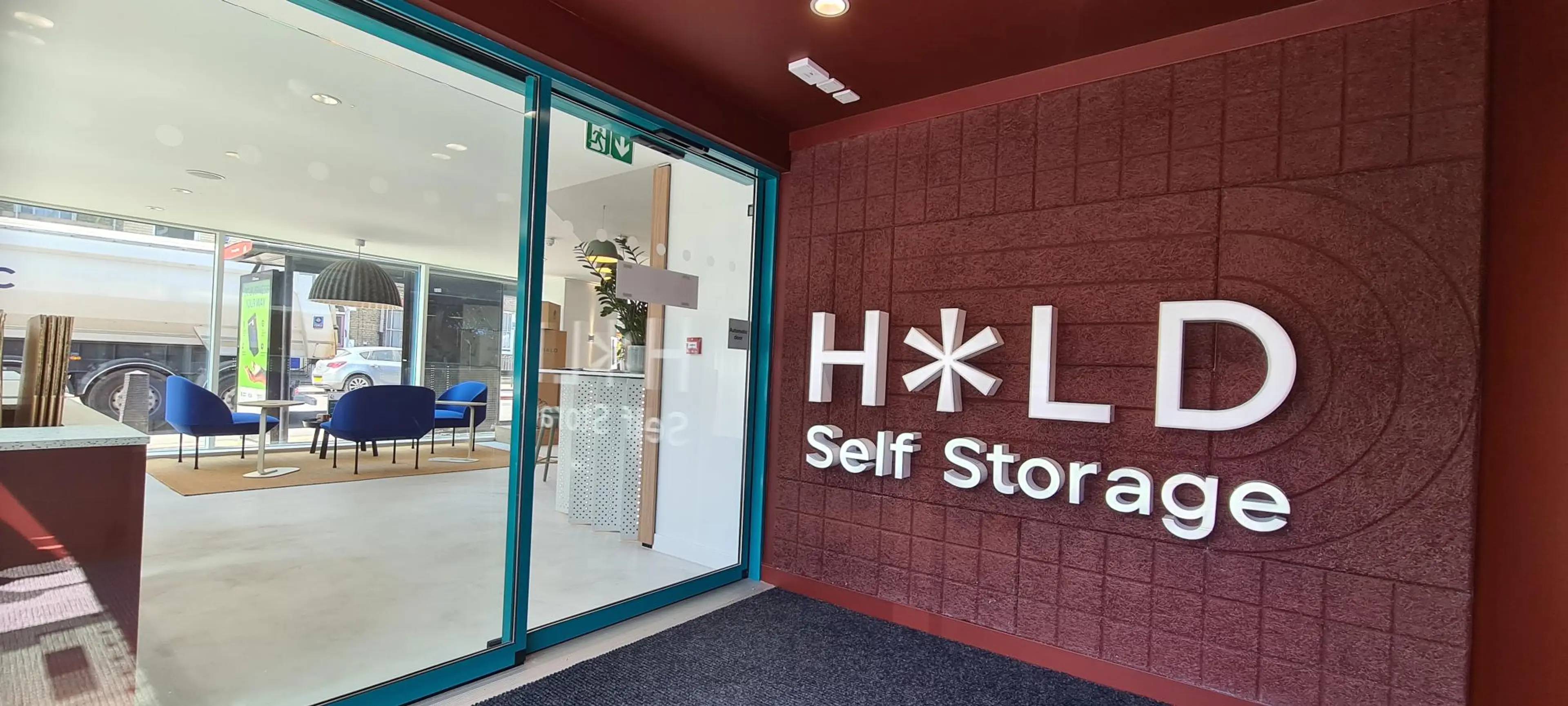
HOLD Self Storage offers secure, convenient space in the heart of London at our Kings Cross facility. Choose from a wide range of storage units to suit your move, home clear out or business needs. Our units are climate secure, with clean, stable conditions that help protect what matters.
From furniture and keepsakes to your company's stock, you can store with confidence throughout the changing seasons.
Get a free quote in minutes and a price match within 3 miles.


